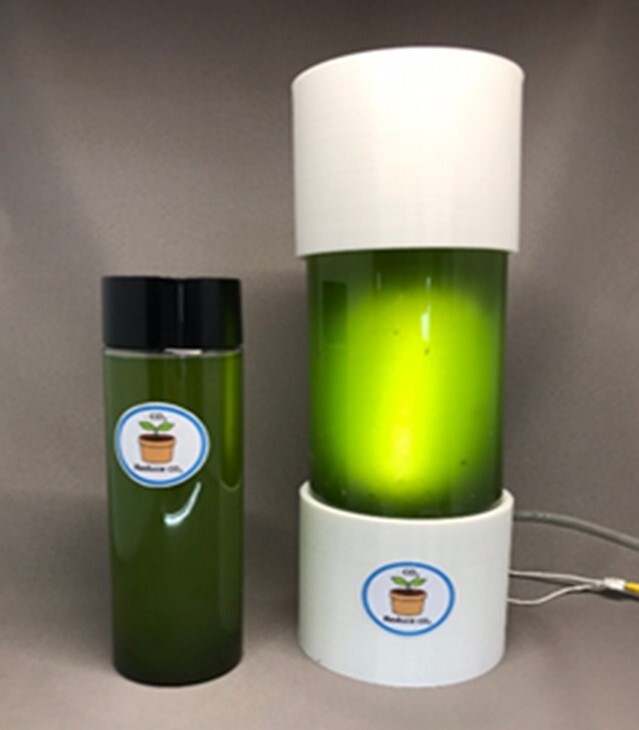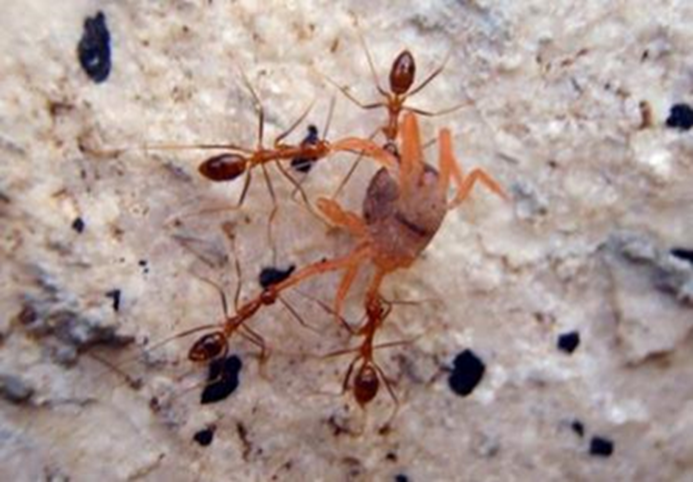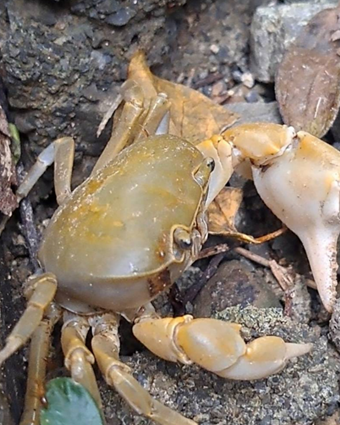SDG 14.2.2 Sustainable fisheries (community outreach)
NCUE’s Environmental Education Centre and the Department of Biology are responsible for project outreach and funding support from government agencies to offer free educational programmes and outdoor activities related to fisheries, aquaculture, and tourism to local communities and junior and high school teachers and students. The programmes are reviewed based on their performance for continuous implementation strategy improvement. The goals are to (1)effectively improve the interests and awareness of local communities and junior and high school teachers and students in fisheries, aquaculture, and the related ecological tourism industry; and (2)cultivate future talent in related industries. A summary of related projects is shown in Table 1:
Table 1. Related activities and projects
|
Project activities |
Subsidized units |
|
2020-2022 In-Depth Cultivation of Fangyuan, Working Hand in Hand with Dacheng: Industrial and Environmental Sustainability Plan of the Two Townships of Changhua County Project |
Ministry of Education |
|
“Carbon Fixation and Algae Trees”: Junior and Senior High School Energy Conservation and Carbon Reduction Model Teaching Experiment Module |
Ministry of Science and Technology |
|
Program for Kenting National Park/Investigation on Invasion and Control Strategy of Yellow Crazy Ants in Kenting National Park |
Kenting National Park |
|
Investigation, Monitoring, and Control Plan for Long-Legged Ants in Shoushan National Nature Park |
National Nature Park Headquarters |
1. Environmental Education Centre and the Department of Biology: “Fangyuan Reengineering USR Seed Programme” and “In-Depth Cultivation of Fangyuan, Working Hand in Hand with Dacheng: Industrial and Environmental Sustainability Plan of the Two Townships of Changhua County Project”:
The programmes are covered by NCUE’s “Coastal Biological Resources Sustainable Development and Practices” course jointly offered by the Environmental Education Centre and the Department of Biology of the College of Science. It targets NCUE students, community members, and business owners in the aquaculture and fisheries industries. The content covered is primarily focused on professional knowledge on fisheries, aquaculture, tourism, and general knowledge of marine biodiversity conservation strategies and practices. The course contents include the following: “introduction to the biological, ecological, and educational resources of Taiwan’s coastal areas, as well as tourism and aquaculture industries”; “water quality testing items, theories, and practices for coastal biological and ecological investigation”; “introduction to international and Taiwan’s marine biodiversity conservation strategies and practices, and introduction to Taiwan’s coastal aquaculture”; “introduction to economic fish and diseases, infected tissues, and bacteria slides observation”; “vibrio testing practices for water samples and aquatic products”; “preparation of diaphonised specimens”; “traceable aquatic products résumé and wetland label”; “visits to environmentally-friendly fish farms and experiences”; “Fangyuan wetland and fish farms (traditional and new fish farms): on-site water quality and vibrio testing practices and services”; and “reporting and sharing topics related to environmentally-friendly industries”. Programme activities FB fan page link: https://www.facebook.com/NCUEUSR/.
2. Department of Biology: “Ministry of Science and Technology Project: Carbon Fixation Algae Tree: Junior and Senior High School Energy Conservation and Carbon Reduction Model Teaching Experiment Module”:
The “Ministry of Science and Technology Project: Carbon Fixation Algae Tree: Junior and Senior High School Energy Conservation and Carbon Reduction Model Teaching Experiment Module” is designed to create a teaching and experimental module for energy conservation and carbon reduction in junior and senior high schools. The goal is to educate junior and senior high school students about critical global issues such as environmental protection and the Earth’s ecosystems, in the face of multiple impacts, including the depletion of natural resources and the deterioration of human living environments in the 21st century. The project aims to instill in students the correct knowledge, attitudes, and the importance of environmental protection and assessment, effectively promoting energy efficiency, energy conservation, and the mitigation of global warming. This practical approach promotes low-carbon green energy practices to reduce the impact on the Earth’s environmental ecosystem, related photos as shown in Figure 1.
|
|
|
Figure 1. Carbon Dioxide Fixing Algae Tree |
3. Department of Biology: “Kenting National Park/Program for Kenting National Park/Investigation on Invasion and Control Strategy of Yellow Crazy Ants in Kenting National Park”:
This project aims to assist Kenting National Park in investigating the distribution of land crabs in the invasion hotspots (Houwan, Banana Bay, Shadao, Yongquan, and Harbor) by the world’s top 100 invasive species, the long-legged ant (Anoplolepis gracilipes, commonly known as the yellow crazy ant). The investigation is being carried out to analyze the invasion status. Additionally, a collaboration with Prof. Hung-Chang Liu, an expert in land crab research in Taiwan, who will utilize data analysis of the number of gravid female crabs released into the sea during the land crab breeding season to explore the close correlation between the invasion of the yellow crazy ant and the decrease in land crab populations. This alien species invasion seriously impacts the survival of the native land crab populations on the Hengchun Peninsula. Previous literature on the negative impacts of the invasion of yellow crazy ants on land crab populations mainly came from India and Pacific Island countries. This study can be considered to be the first instance in East Asia where the invasion of yellow crazy ants threatens land crab populations. In addition to emphasizing the importance of controlling the long-legged ant, this study also provides recommendations for control measures. Apart from the conventional chemical control, habitat restoration and the removal of objects that can serve as nesting materials for the yellow crazy ant can be considered to be part of control measures. This approach not only increases suitable habitats for land crabs but also hinders the growth of yellow crazy ant populations. Given the impact of the yellow crazy ant on the ecological environment, ant control is a long-term, ongoing effort to reduce the likelihood of land crabs falling victim to the “ant slaughter,” thus preserving the biodiversity of Kenting National Park, related photos as shown in Figure 2.
|
|
|
Figure 2. Land crab larvae being attacked by yellow crazy ants |
Link for reference information:
https://www.facebook.com/NCUEEEC/videos/a.1053897732014001/402422844606560
https://www.facebook.com/NCUEEEC/photos/a.1053897732014001/1053898902013884
4. Department of Biology: National Nature Park Headquarters Project/ Investigation, Monitoring, and Control Plan for Long-Legged Ants in Shoushan National Nature Park:
The coastal mangroves of Shoushan National Nature Park in Kaohsiung and the Qijin Seawall serve as crucial land crab habitats. However, in recent years, the long-legged ant (Anoplolepis gracilipes Smith, 1857), commonly known as the yellow crazy ant, has been spotted. In the land crab survey project of 2018, it was found that the yellow crazy ant had invaded wetland land crab hotspots. This invasive species of alien ants has been reported to cause severe ecological harm in invaded areas, such as Christmas Island in Australia and numerous Pacific islands, especially impacting the survival of local native land crabs. In 2020, a baiting method was used to investigate the distribution and density of yellow crazy ants in three land crab hotspots in the coastal areas of Shoushan National Nature Park in Kaohsiung and around the Qijin Seawall. The results revealed the presence of yellow crazy ants in all three land crab hotspots, with the most severe infestation occurring in the windbreak forests surrounding the Qijin Houshan Seawall. In the “Shoushan National Nature Park Yellow Crazy Ant Artificial Bait Station Control Project” in 2022, further investigations were conducted to examine ant nests in the windbreak forests surrounding the Qijin Houshan Seawall, where the density of yellow crazy ant populations is higher. The results revealed that the yellow crazy ants in Qijin Houshan had already formed a supercolony. In this year’s project, it has been proposed to conduct liquid bait and insect growth regulator-type bait treatments in areas with high density populations of yellow crazy ants in the windbreak forests surrounding the Qijin Houshan Seawall. Monitoring is being carried out using artificial bait stations and bait surveys to assess the effectiveness of control. In addition, distribution surveys of yellow crazy ants are conducted in land crab habitats in the Banpingshan and North Shoushan Military Restricted Zone, related photos as shown in Figure 3.
|
|
|
Figure 3. Geothelphusa makatao crab attacked by yellow crazy ants |



